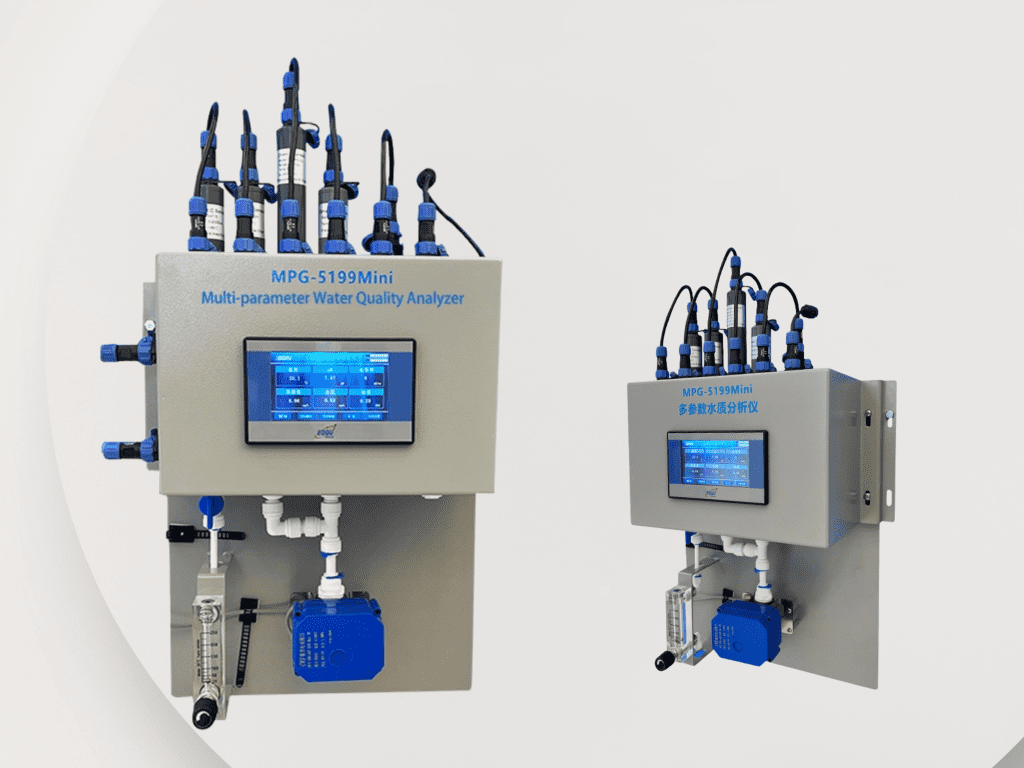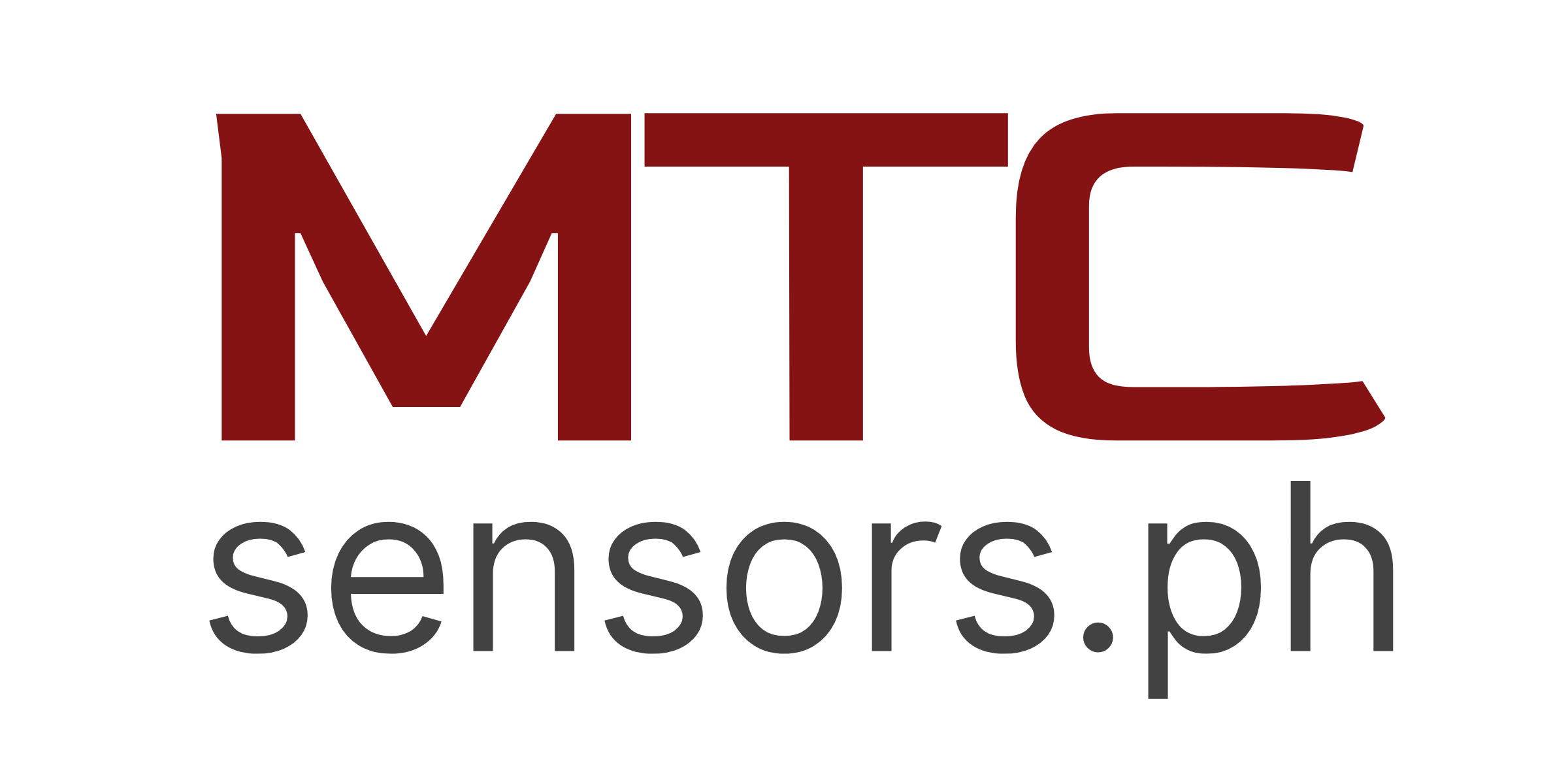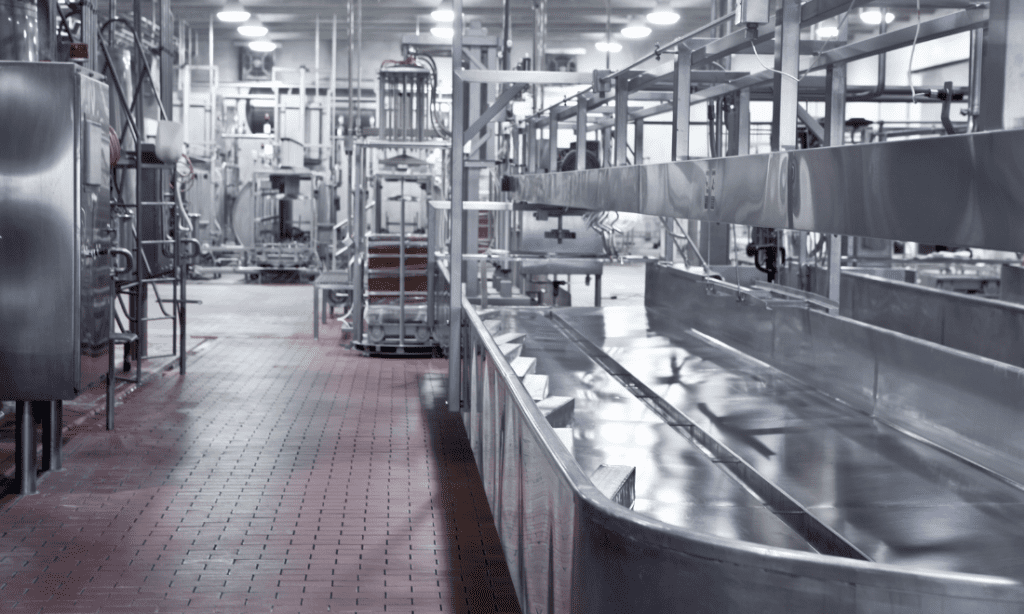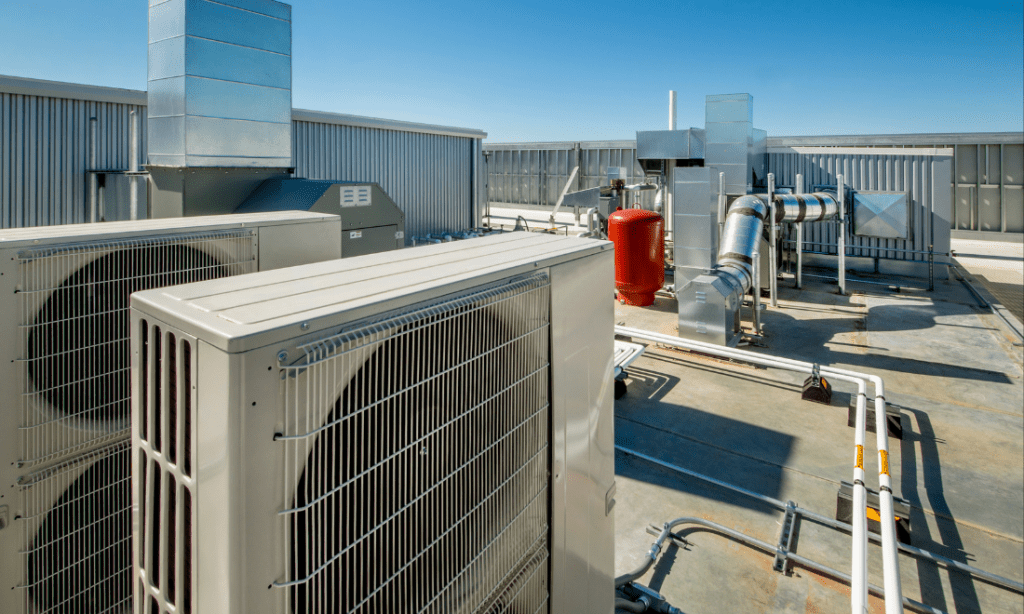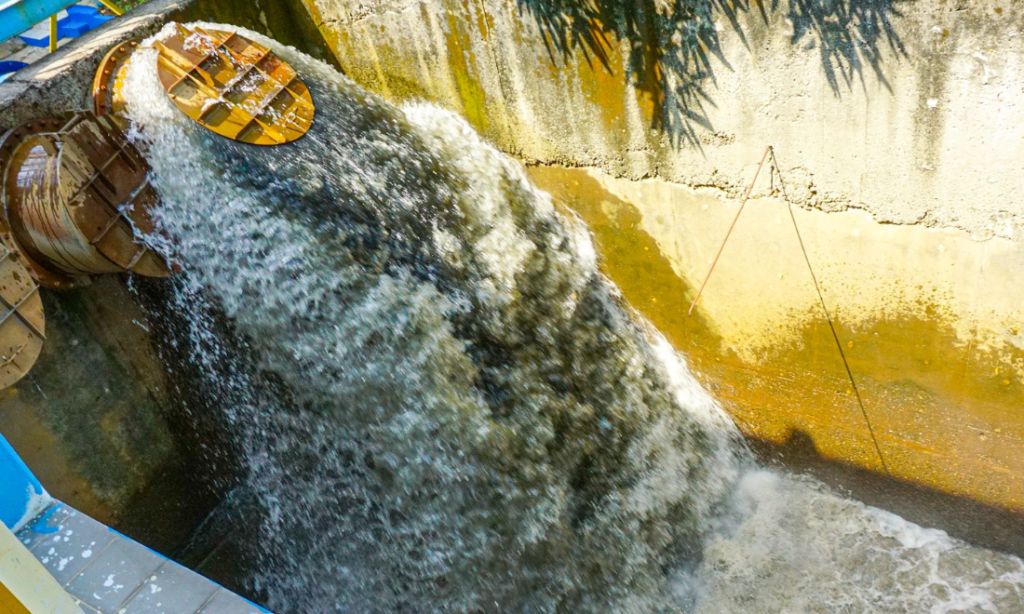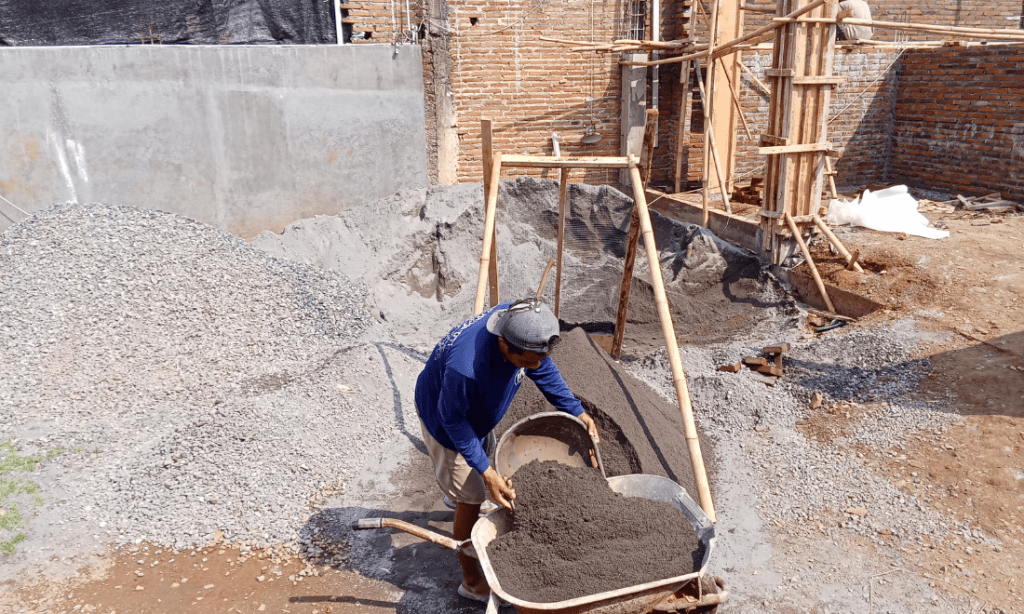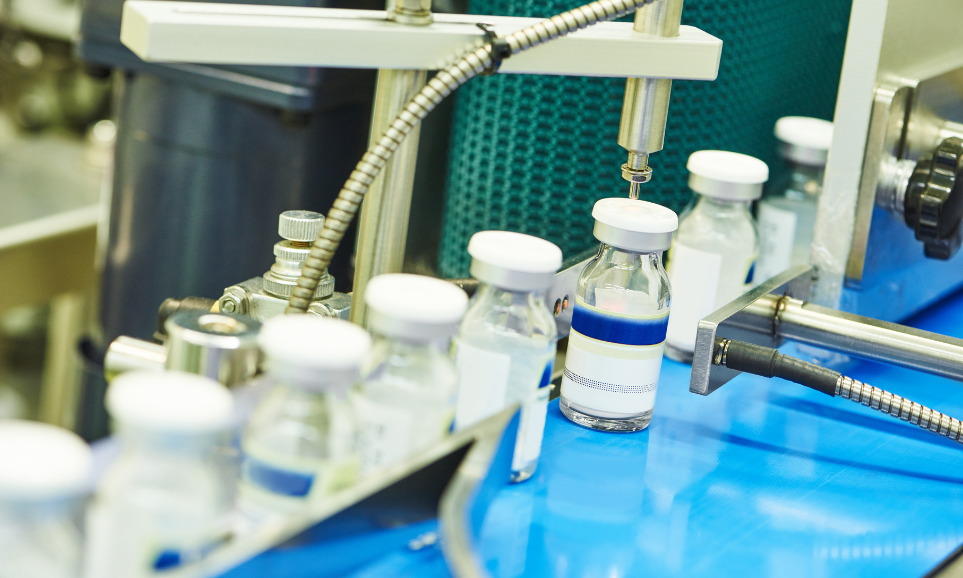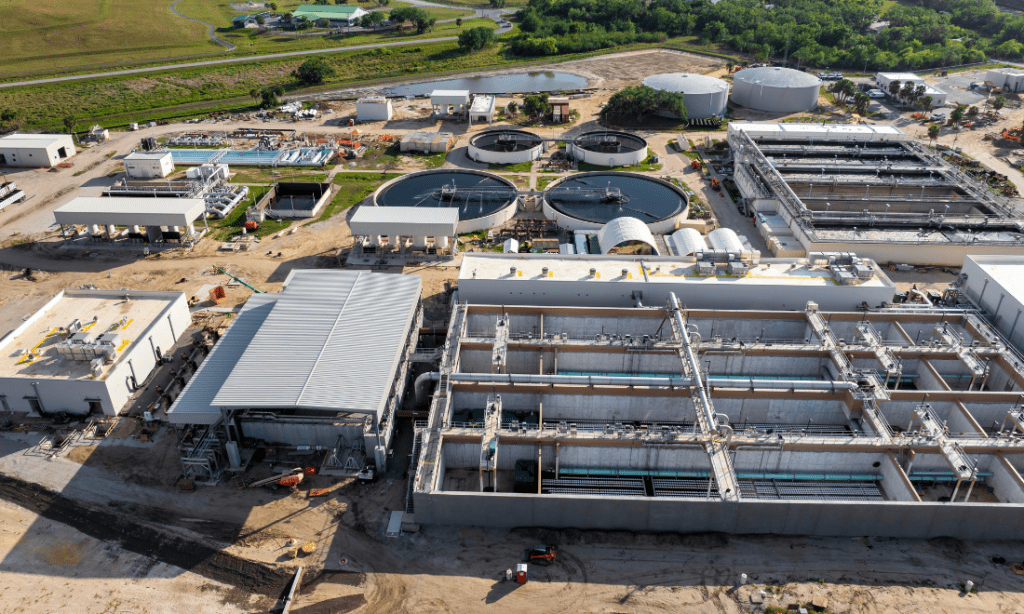Food & Beverage
Common Sensors Used :
Moisture Meters | measure moisture content in grains, powders, and raw materials
Brix Monitors | monitor sugar concentration and liquid consistency
Temperature & Pressure Transmitters | ensure proper cooking, pasteurization, and fermentation conditions
Gas Detectors | detect leaks of CO₂ or other process gases in production areas
_________________________________________________________________________
Proper measurement and control in food processing ensures:
- Consistent product quality and taste
- Compliance with safety and hygiene regulations
- Reduced waste and optimized production efficiency
- Prevention of equipment damage and downtime
Important Features of Sensors Used in the Food & Beverage Industry:
- High Accuracy: Reliable measurements for consistent product quality
- Hygienic Design: Sanitary sensors compatible with food-grade standards (3A, FDA, EHEDG)
- Durable & Reliable: Built for continuous operation in wet, hot, or corrosive environments
- Real-Time Monitoring: Enables fast process adjustments for optimal efficiency
- Flexible Integration: Suitable for pipelines, tanks, conveyors, or packaging lines
Manufacturing & Industrial Automation
Common Sensors Used :
Pressure Transmitters | monitor hydraulic, pneumatic, and process pressures
Oil Meters | measure fluid and gas flow in automated systems
Temperature Sensors & Transmitters | control process temperatures in heating, cooling, and molding applications
Level Sensors | detect material levels in tanks and silos
Vibration and Condition Monitoring Sensors | Electric Motor Checker | track equipment health to prevent mechanical failure
_________________________________________________________________________
Modern manufacturing relies heavily on accurate, real-time data to maintain consistent product quality and safe operations. Our sensors enable:
Important Features of Sensors Used in the Manufacturing & Industrial Automation Industry:
High Precision & Repeatability: Ensures consistent product output
Durable Construction: Suitable for harsh industrial environments
Fast Response Time: Supports high-speed automation processes
Smart Integration: Compatible with digital and analog control systems
Energy-Efficient Design: Reduces operational costs and downtime
Oil, Gas & Petrochemical
Common Sensors Used :
Fixed Gas Detectors | detect toxic, combustible, or flammable gases in confined or open areas
Pressure Transmitters | monitor pressure in pipelines, tanks, and compressors
Radar Level Gauges | measure liquid and solid levels in storage tanks
Oil Meters | track oil, fuel, and gas flow for production and distribution control
Liquid Density Meters | monitor product quality and composition in refining processes
Temperature Sensors & Transmitters | ensure proper control in heaters, exchangers, and reactors
_________________________________________________________________________
Process accuracy and safety are vital in hazardous environments where a single fault can lead to costly downtime or safety risks. Our sensors enable:
Important Features of Sensors Used in the Oil, Gas & Petrochemical Industry:
Explosion-Proof & Intrinsically Safe: Designed for use in hazardous zones (Ex-certified)
High-Temperature & Pressure Tolerance: Built for demanding process conditions
Corrosion-Resistant Materials: Suitable for harsh chemicals and fuels
Precise & Stable Measurements: Ensures consistent performance and safety
Integration Ready: Compatible with PLC, SCADA, and process control systems
HVAC, Clean Room & Environmental
Common Sensors Used:
Air Particle Counters | measure dust and particulate contamination in clean rooms
Airflow Meters & Velocity Sensors | monitor and optimize ventilation systems
Gas Detectors | detect CO₂, VOCs, and other environmental gases
Pressure Sensors & Differential Pressure Transmitters | maintain proper airflow and pressure differentials in critical areas
_________________________________________________________________________
Environmental sensors are designed to continuously monitor air quality, temperature, humidity, and particulate levels. These parameters are vital for:
Accurate measurements allow timely adjustments and prevent costly contamination or process disruptions.
Important Features of Sensors Used in the HVAC & Environmental Industry:
High Accuracy: Reliable readings for temperature, humidity, airflow, and particulates.
Real-Time Monitoring: Continuous data collection for proactive environmental management.
Durable and Reliable: Designed for long-term operation in controlled or industrial environments.
Flexible Installation: Suitable for ducts, ceilings, walls, or portable use.
Compliance Ready: Helps meet ISO, GMP, and cleanroom standards.
Water & Wastewater Treatment
Common Sensors Used :
pH & ORP Sensors | monitor acidity and oxidation-reduction potential in treatment processes
Level Sensors & Transmitters | maintain proper tank, reservoir, and basin levels
Pressure Transmitters | ensure reliable pumping and pipeline operations
Fixed Gas Detectors | detect toxic or combustible gases in confined treatment areas
_________________________________________________________________________
Effective water and wastewater treatment depends on real-time monitoring of chemical, physical, and flow parameters. Key benefits include:
Important Features of Sensors Used in the Water & Wastewater Industry:
High Accuracy: Reliable readings for pH, ORP, flow, level, and pressure
Durable & Corrosion-Resistant: Built for harsh water, sludge, and chemical environments
Continuous Monitoring: Supports real-time process adjustments
Easy Integration: Compatible with SCADA and PLC systems
Regulatory Compliance: Helps meet local and international water quality standards
Cement & Construction
Common Sensors Used :
Cement Moisture Sensors | monitor moisture in raw materials and finished products
Broken Cement Bag Detectors | detect compromised packaging in production lines
Level Switches & Level Sensors | measure material levels in silos, bins, and hoppers
Pressure & Temperature Transmitters | for kiln, silo, and process monitoring
Dust & Air Particle Monitors | maintain safe air quality and comply with environmental regulations
_________________________________________________________________________
The cement and construction industry operates in dusty, abrasive, and high-temperature environments, where measurement errors can cause production delays or quality issues. Key benefits of using specialized sensors include:
Important Features of Sensors Used in the Cement & Construction Industry:
Durable & Rugged: Built for high-dust, high-vibration, and abrasive environments
High Accuracy: Reliable measurements for process optimization
Easy Installation & Maintenance: Designed for industrial tanks, silos, hoppers, and conveyors
Resistance to Harsh Conditions: Handles high temperatures, humidity, and abrasive dust
Real-Time Monitoring: Enables proactive maintenance and quality control
Pharmaceutical & Chemical
Common Sensors Used :
Pressure Transmitters | ensure consistent vessel and reactor pressure control
Temperature Sensors & Transmitters | maintain precise thermal conditions during reactions and sterilization
pH & Conductivity Sensors | monitor solution purity, concentration, and quality
Oil Meters | measure liquid chemicals and solvents with accuracy
Level Sensors | detect tank levels in reactors, storage tanks, and mixing vessels
Gas Detectors | monitor for toxic or flammable gases in production or storage areas
_________________________________________________________________________
Precision and reliability are key in industries where even the smallest deviation can affect quality or safety. Our sensor solutions are engineered to deliver:
Important Features of Sensors Used in the Pharmaceutical & Chemical Industry:
High Accuracy & Stability: Maintain product quality and batch consistency
Sanitary & Hygienic Design: Available in 3A-certified and clean-in-place (CIP) compatible models
Chemical-Resistant Materials: Suitable for solvents, acids, and corrosive substances
Explosion-Proof & Intrinsically Safe Options: For handling volatile or reactive chemicals
Easy Integration: Compatible with PLC, SCADA, and automation systems
Marine & Power Generation
Common Sensors Used :
Pressure Transmitters | for monitoring fuel, oil, and hydraulic pressures
Temperature Sensors & Transmitters | for engines, turbines, and exhaust systems
Oil & Gas Meters | measure fuel, lubrication oil, and coolant flow
Level Sensors | detect liquid levels in ballast tanks, fuel tanks, and water reservoirs
Vibration Sensors | monitor rotating equipment such as pumps, generators, and motors
Gas Detectors | detect combustible or toxic gases in confined or hazardous areas
_________________________________________________________________________
Whether it’s for monitoring engine performance or ensuring safe energy distribution, sensors play a key role in maintaining continuous and reliable operations. Our solutions help:
Important Features of Sensors Used in the Marine & Power Generation Industry:
High Durability: Built to withstand vibration, moisture, and corrosive environments
High Accuracy: Provides precise measurement for efficient performance monitoring
Explosion-Proof and IP-Rated Options: Suitable for engine rooms and hazardous zones
Corrosion-Resistant Materials: Designed for seawater and harsh chemical exposure
Digital & Analog Compatibility: Integrates seamlessly with control and monitoring systems
